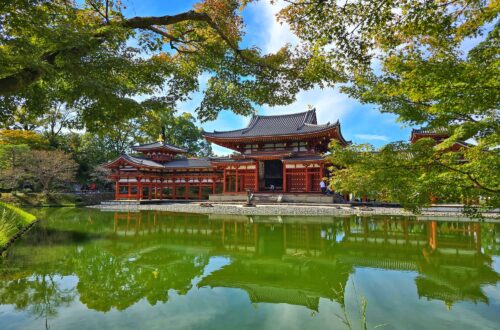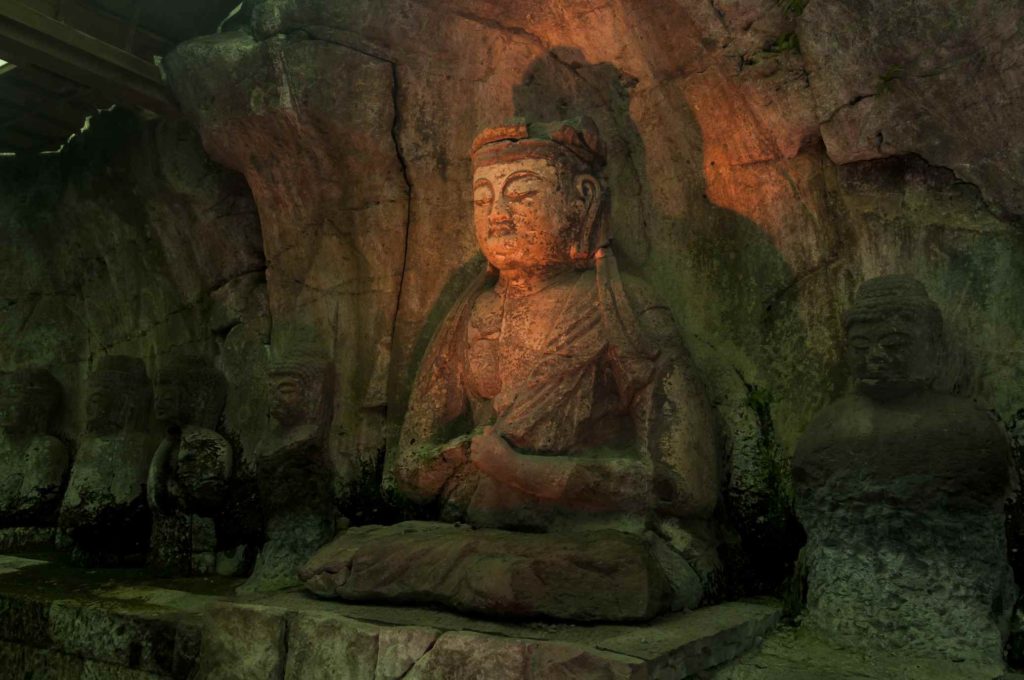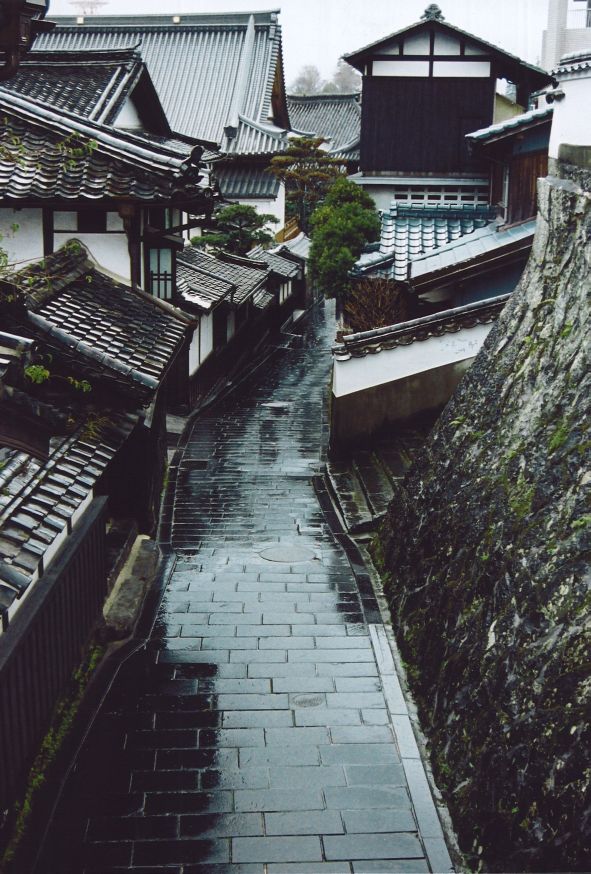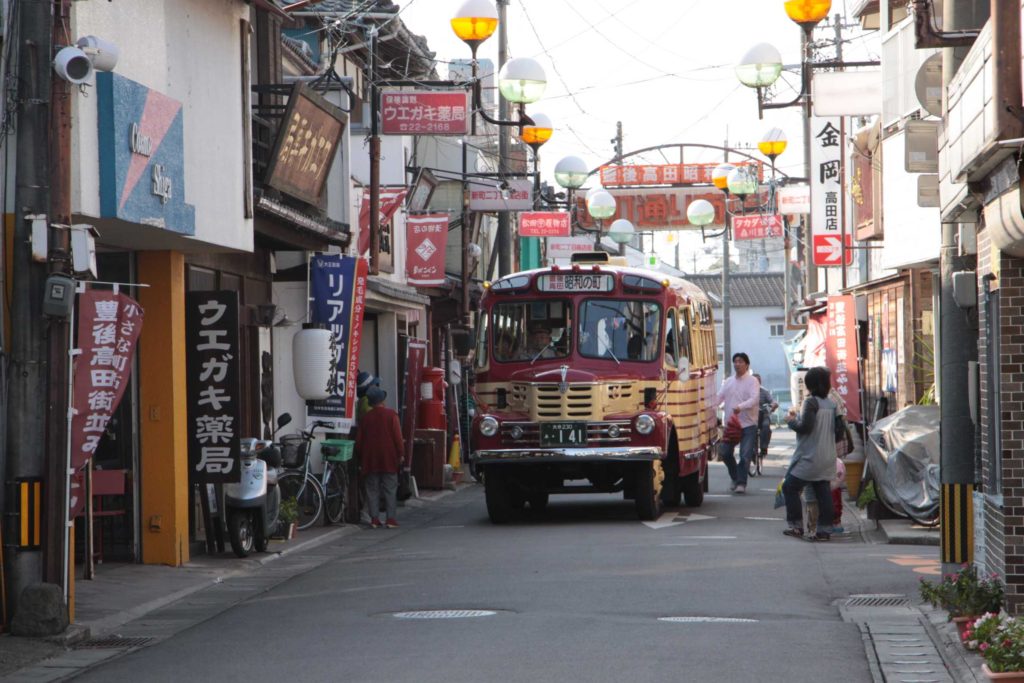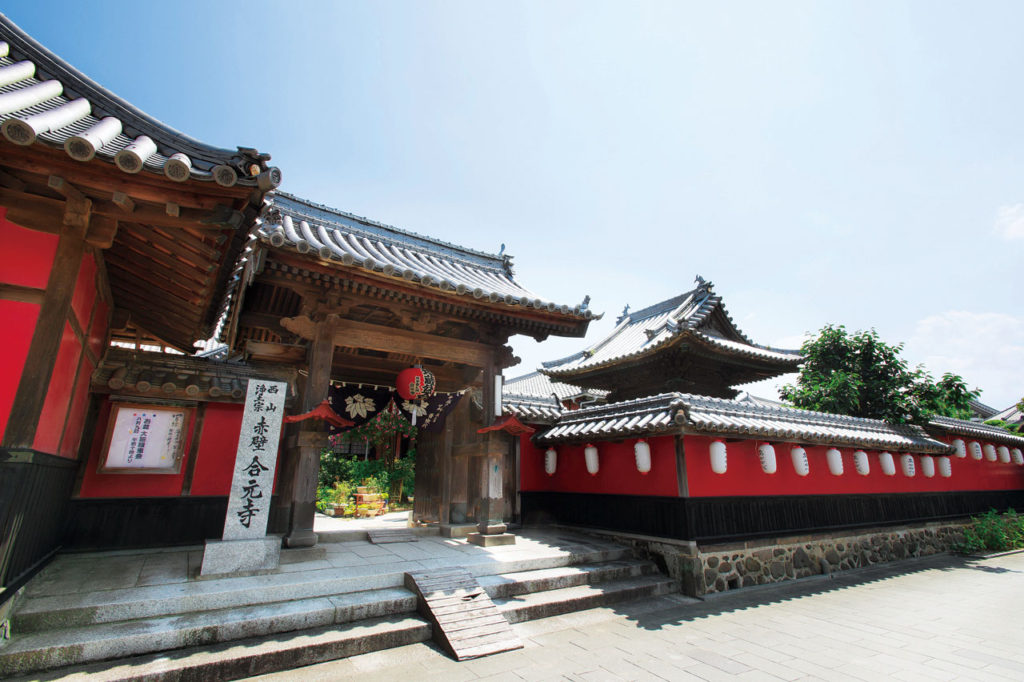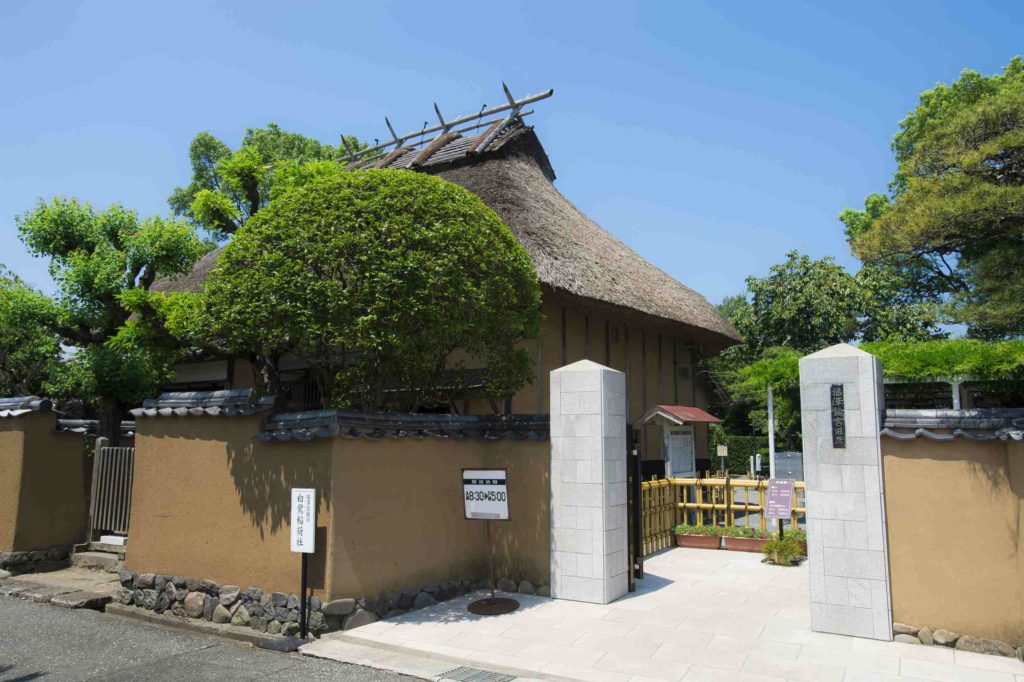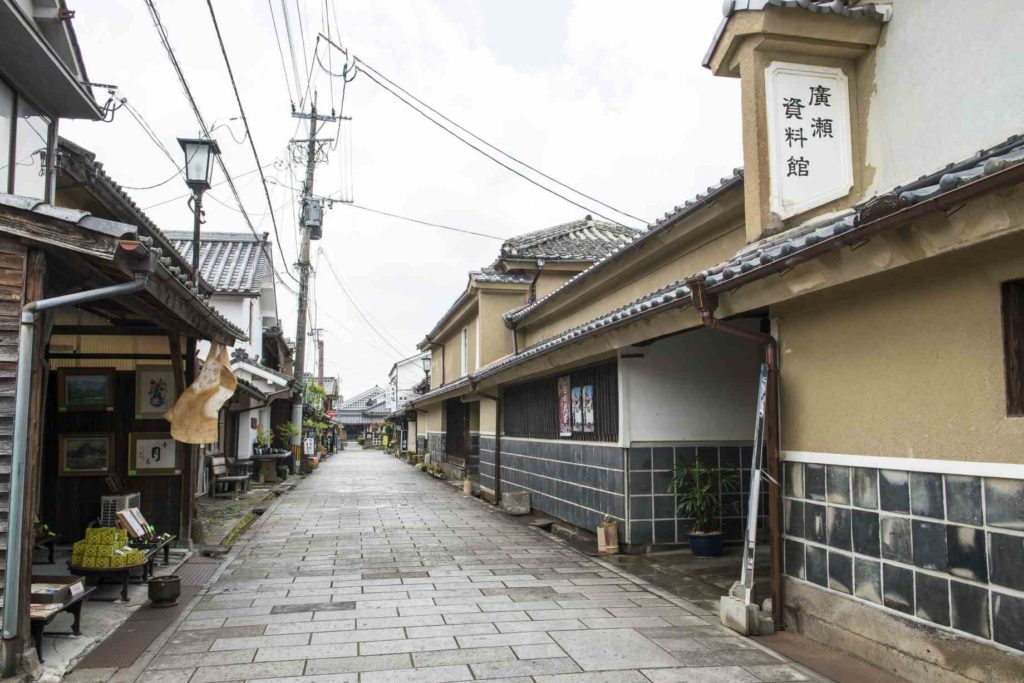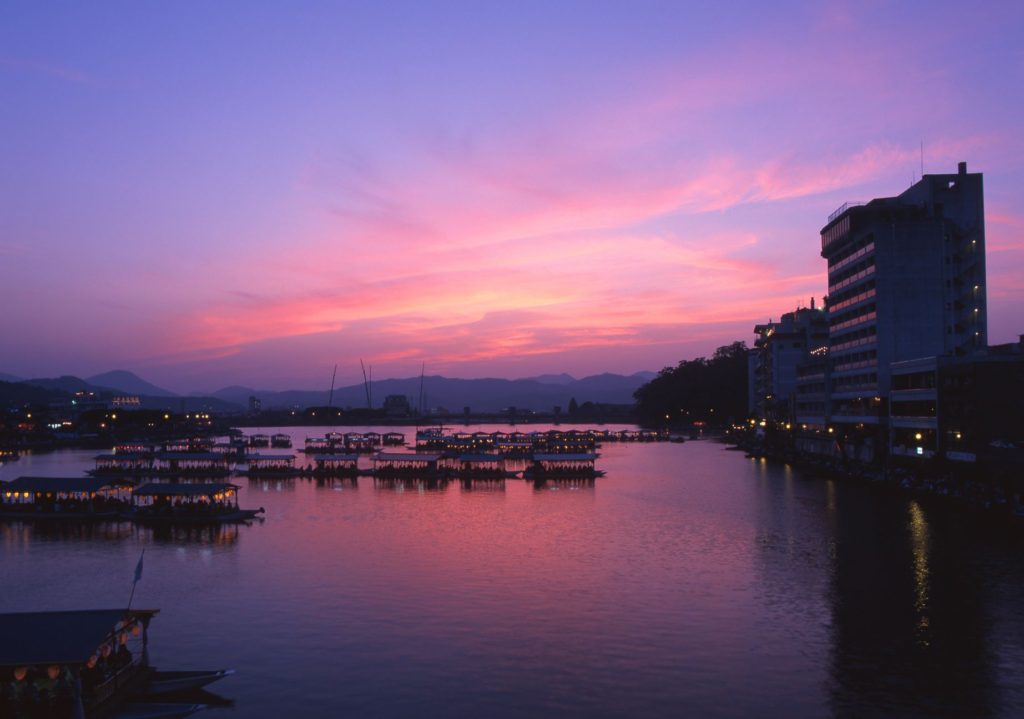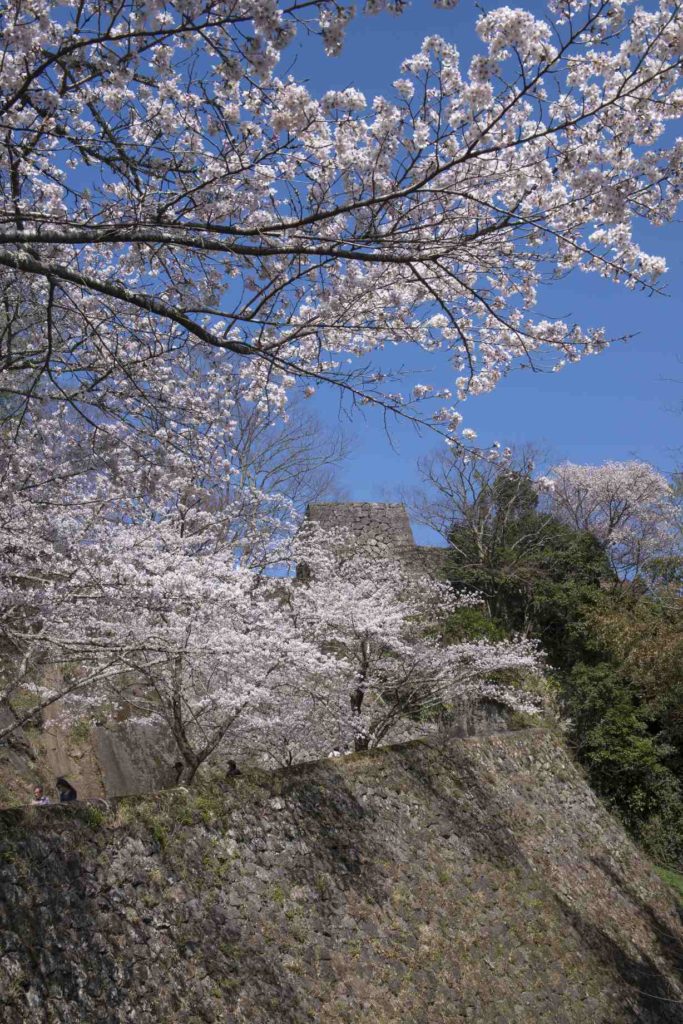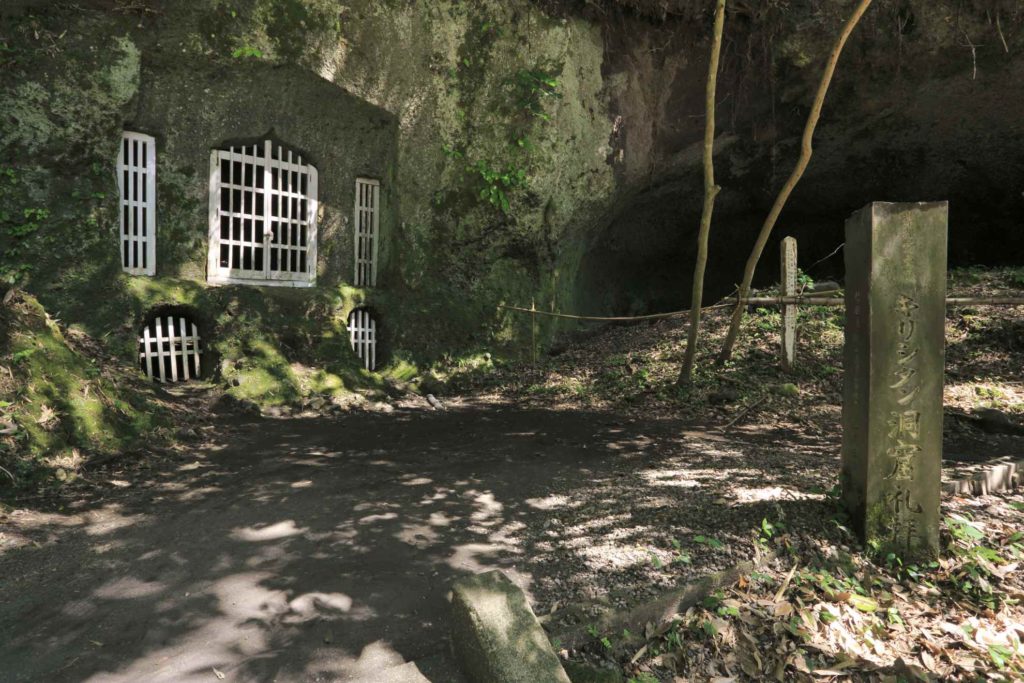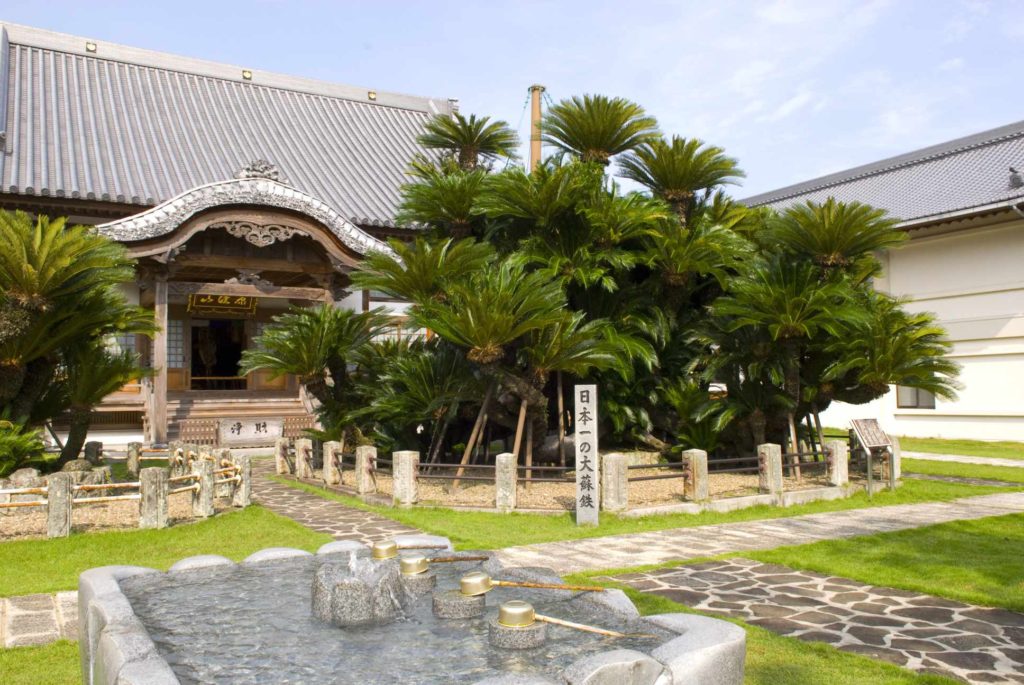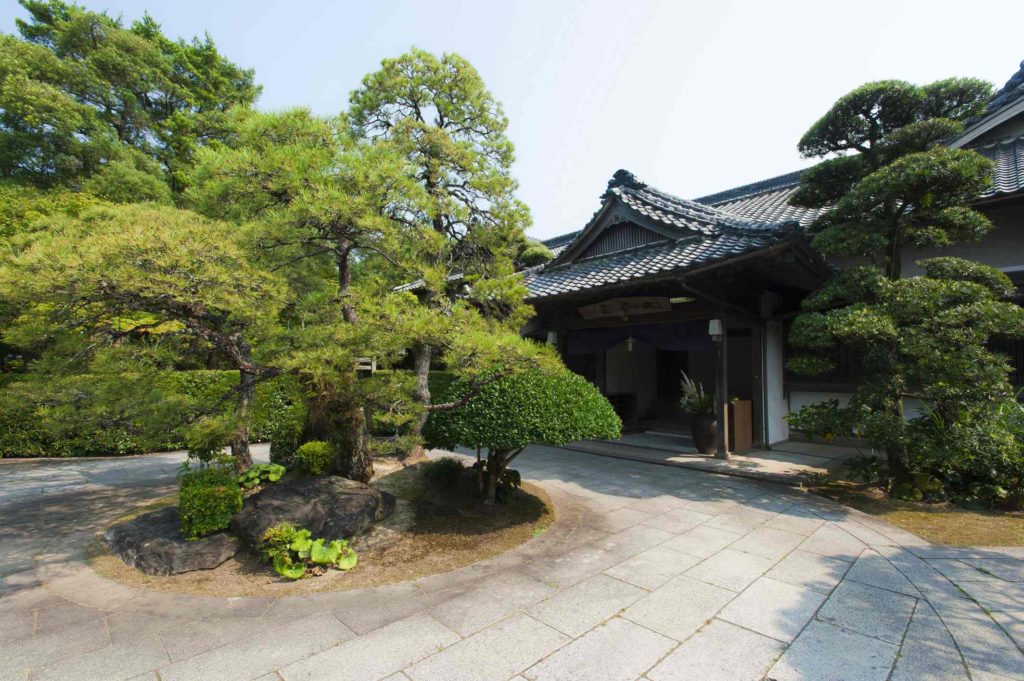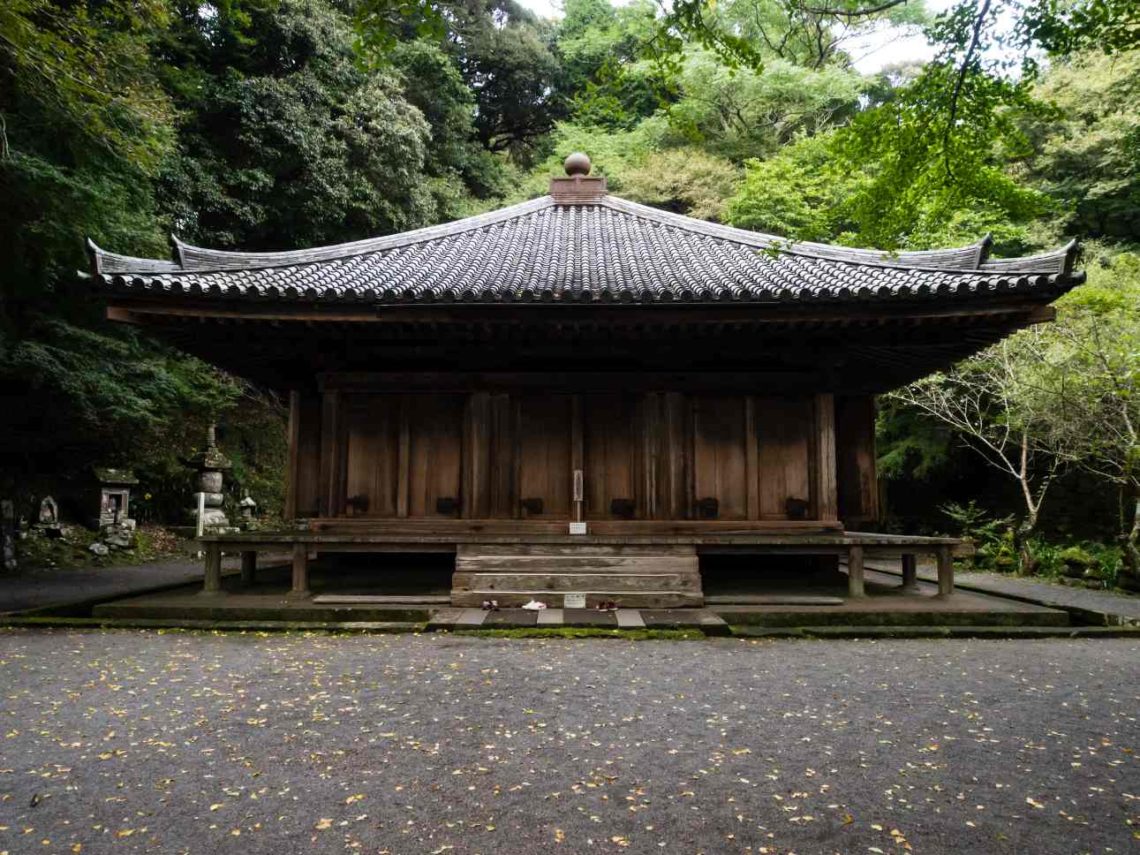
9 Surprisingly Charming Historic Cities To Explore In Oita Prefecture
Historic is certainly not the word that comes across your mind when you think of Oita (pronounced ooi-ta/Ōita/大分).The city in Kyushu (九州) is often overlooked by many due to its lack of attractions in the city center. Despite this, surrounding Oita lies a variety of mesmerising historic towns that houses Japan’s rich history.
From the birth of deities and their dramas, to the beginning of civilisation and the introduction of Christianity, Kyūshū is certainly no slouch when it comes to its historical value. The mountainous region too helps in providing an overall genuine countryside experience as you venture into these wonders. With that said, here are 9 must-visit historic towns nearby Oita.
Table of Contents
Usa (宇佐)
Usa (oo-sah and not U.S.A) needs no introduction when it comes to historical value around the region. The main highlight is Usa Jingū, a shrine from the 8th century featuring a collaboration between Shintoism (神道) and Buddhism (仏教). Subsequently, this gave birth to the Hachiman-zukuri style (八幡造); and till today, the shrine remains one of the last surviving evidence of its hybrid style and also a designated National Treasure.
Located inside the hilly forest near the town, the shrine perfectly assimilates its structure with the natural surroundings. One certainly could admire the shrine’s fascinating structures as well as immerse into mother nature. This rhymes perfectly with the beliefs of Shintoism, that deities reside within every element of mother nature.
Besides Usa Jingū, the surrounding area features a variety of fascinating temples and natural wonders to explore via a road trip. If you are interested, be sure to check out my full guide on road trip destinations near Usa Jingū.
Check out here especially if you:
- Love checking out nature and Japanese Shinto shrines.
- Undeniably itching to go on a road trip.
- Fan of unique architectures.
Kitsuki (杵築)
Kitsuki is an authentic castle town, known to be the only one of its kind to have a sandwich landscape. Originally started in 1394 by a minor clan, Kitsuki later developed into a full-fledged castle town during the 17th century Edo period (江戸時代). Subsequently, samurais (侍) move in and established their residences. Fortunately, many have survived till this day and retained their authenticity.
Kitsuki is truly a spot to look out for, especially for those wanting to experience a rustic life of a samurai. In fact, the town is well-connected with hilly slopes; which together with these samurai residences creates a mesmerising landscape for those who love photography. Also, did I forgot to mention that the town is home to the smallest castle in Japan?
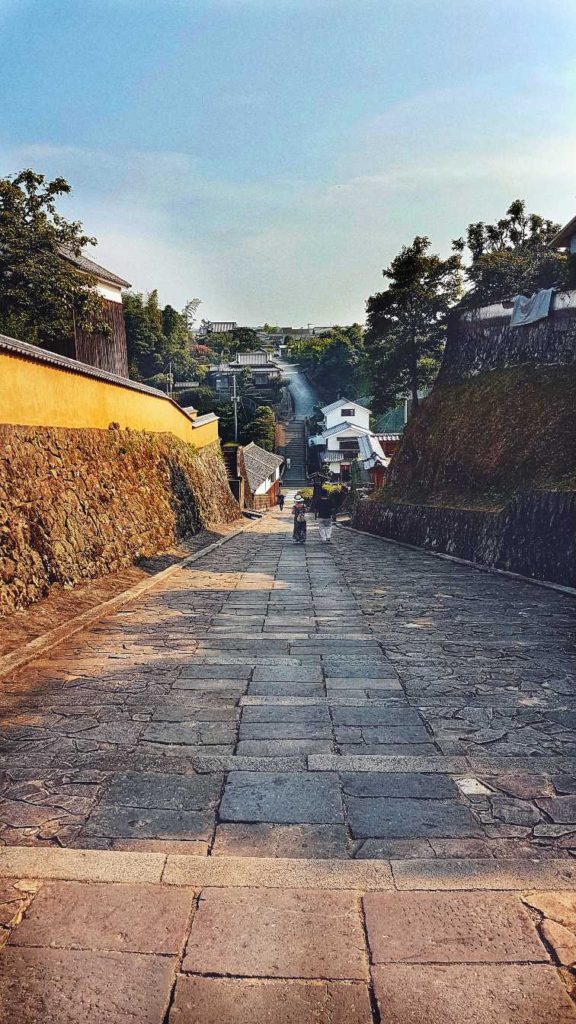
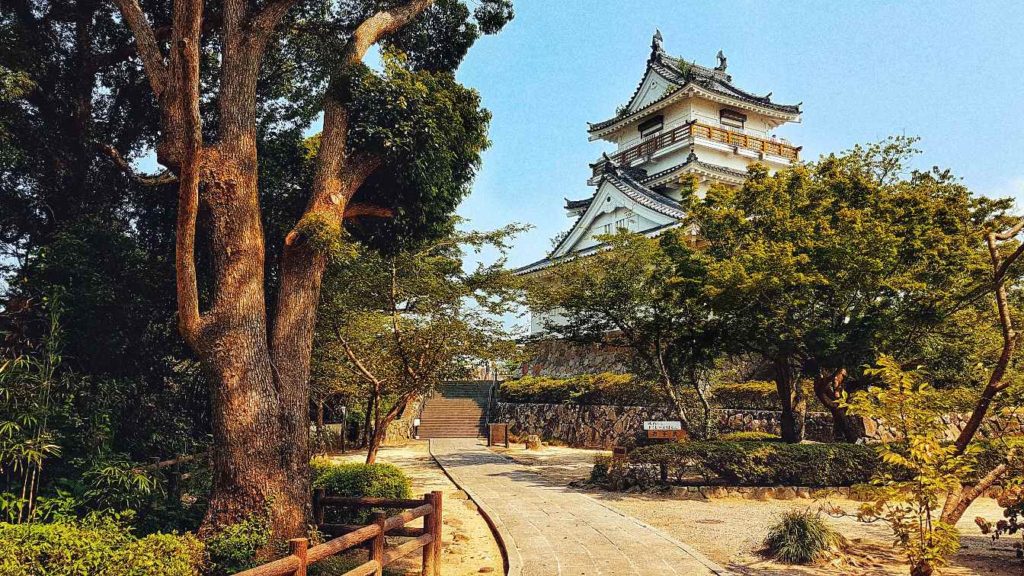
To find out more about this lovely town, read more on my travel guide on Kitsuki, the sandwich castle town. Also, check out my separate article on Kitsuki castle and its tragic past.
Check out here especially if you:
- Are interested in samurai history.
- Love the idea dressing up in a kimono while walking along an authentic samurai town.
- Prefer a townscape with hills and slopes.
Usuki (臼杵)
Down south of Oita, lies the historic small town of Usuki (臼杵). Usuki is home to a fascinating collection of ancient stone Buddhas (sekibutsu/石仏). These statues are carved by unknown sculptors using volcanic rocks and said to have originated from the ancient Heian (平安時代) and Kamakura (鎌倉時代) periods. Yet one must admire the refined details along with the faded black colour of the stones, which certainly serves as a beautiful metaphor for the Buddhist’s belief of the impermanence of life.
If you are not a fan of statues however, fret not as Usuki’s other pulling factor is its samurai district. Much like how slopes are superstars in Kitsuki, Usuki’s highlight are its narrow photogenic lanes. Particularly, the Nioza Historical Lane (二王座歴史の道) takes you on a time travel journey across residences and temples from the Edo period (江戸時代). Walking along the narrow street under a drizzle is surely a surreal experience, especially when the stone pathways glimmer beautifully in a rainy day.
Usuki is easily reachable 30 minutes by the JR rail via the Nippō Main Line (日豊本線). For more info, check out Usuki Tourism Association (English/Japanese) and Usuki Sekibutsu regarding the stone Buddhas.
Check out here especially if you:
- Are a big fan of Buddha statues/interested in Buddhism.
- Enjoy walking along narrow lanes filled with authentic traditional houses.
- Like the idea of walking in the drizzle.
Bungotakada (豊後高田)
A magical town known for its 1950s to 60s townscape, called the Showa no Machi (pronounced Shou-wa-no-machi/昭和の町). It features plenty of classical mom-and-pop stores and retro buildings under one roof. In fact, there is also a toy museum featuring classics like Astro Boy (鉄腕アトム) for the animation lovers. Even restaurants like the Ōtorayashokudō (大寅屋食堂) serves Champon (ちゃんぽん), a tasty and heartwarming pork-broth noodles mixed with miscellaneous ingredients at the same price from the 1950s, that is 350 Yen.
Furthermore if you have a car, a road trip to the outskirts of the city is something to be strongly considered. Home to the spiritual Rokugo Manzan temples (六郷満山), these temples laid the foundation to merge Japan’s Shinto beliefs with Buddhism, subsequently transforming Japan into a spiritual country. In particular, look out for Fukiji temple (富貴寺). It’s main prayer hall (pic below) is the oldest wooden structure in the island, dating from the year AD 718. The best time to visit is during autumn (Oct – Nov) when the autumn foliage serves as a perfect make-up for the temple’s rustic colours.
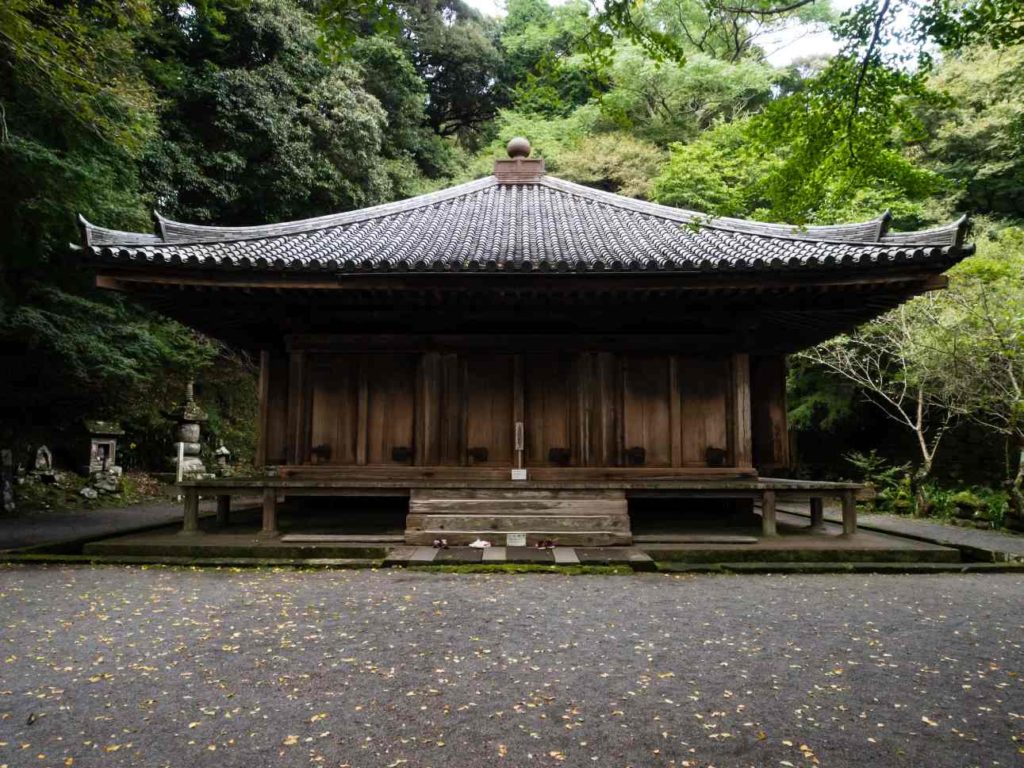
If you would like to explore deeper into some of these temples, be sure to subscribe to this blog as I will cover them in greater detail in the future. Also, check out Bungotakada City Official Tourism as they feature comprehensive information about their attractions as well.
Check out here especially if you:
- Truly appreciate small and rustic temples nestled deep in the forest.
- Are a baby-boomer and you undeniably missed the good old days.
Bungoono (豊後大野)
A little historic countryside town south of Oita known for autumn leaves viewing and mesmerising natural landscapes; while containing little temples and stone Buddhas that have existed since the foundation of Buddhism in Japan. These temples required a bit of walk to pay a visit, passing by paddy fields, rail tracks, lush forests and eye-catching mountains on the way. Certainly, the type of trip that appeals to countryside lovers.
One such temple is the Fukoji temple (pronounced Fukōji/Fukouji/普光寺) which was established in AD 583. This temple’s main attraction is its giant cliff carving of 3 massive Buddhas, one of them being Fudo Myoo (pronounced Fudō Myōō/Fudou-Myouou/不動明王), aka the destroyer of evil in Buddhism. Watching the temple being surrounded by the peaceful nature from afar is indeed mesmerising. Its as if the overgrown nature has protected the temple from civilisation for centuries.
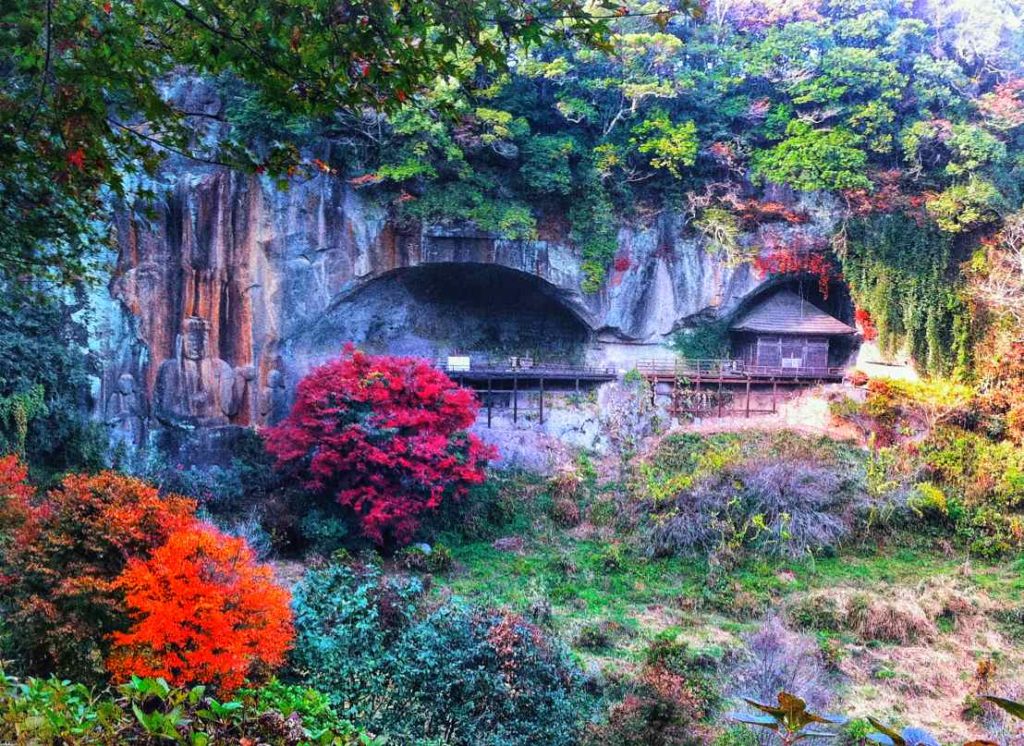
Do note importantly though, that Bungoono is indeed a secluded village and public transportation is scarce. As such, if you don’t have the stamina to walk, renting a car would be a good idea. Also, be sure to subscribe to this blog as I will cover my trip to here during autumn in the future.
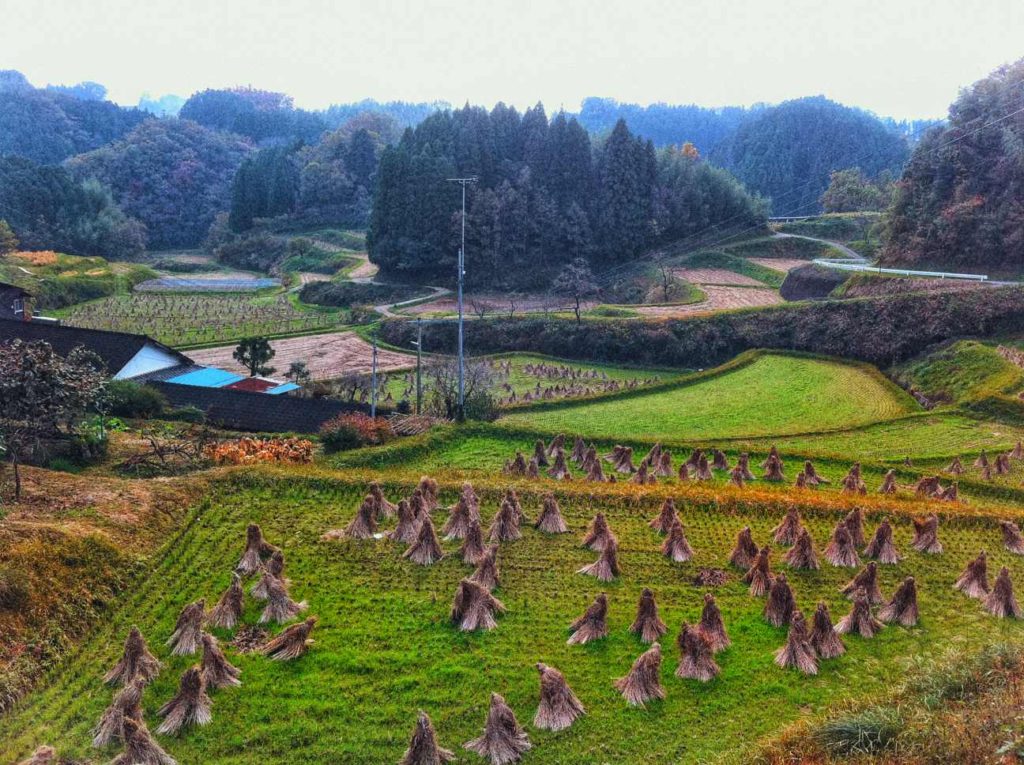
Check out here especially if you:
- Thoroughly enjoy walking tours and don’t mind walking a lot.
- Venturing into the peaceful countryside and immersing into mother nature.
Nakatsu (中津)
For a relatively small castle town, Nakatsu is undoubtedly known for historic sites with unique and eccentric backgrounds. Firstly, the 1587 Nakatsu castle (中津城) is one of the only 3 water castles (mizujiro/水城) in Japan, surrounded by water moats that draws water from the nearby ocean. Then, there is the temple Gōganji (合元寺) known for its dark red-coloured walls (pic below). Legends said the local lord slaughtered his rivals and their bloods stained the temple walls, resulting in the colour it is today.
Also for a fun fact, Nakatsu is the home to two famous figures in Japan. The first is Fukuzawa Yukichi (福澤 諭吉), founder of modern Japan and the figure in the 10,000 Yen note. You can in fact visit his actual home in Nakatsu which is 10 minutes walk from Nakatsu castle. The other being Kuroda Kanbei (黒田官兵衛), a strategist from the 16th century Warring States period (戦国時代) and the lord of Nakatsu castle. If you are someone who enjoys learning about Japanese figures, Nakatsu is certainly a worthy place to check out.
To learn more about this interesting town, be sure to check out the official site of Tourism Nakatsu Yakabei.
Check out here especially if you:
- Are a Sengoku Jidai/Warring States fan and a castle buff.
- A fan of historical attractions that contained unique and eccentric backgrounds.
- A fanboy/girl of Kuroda Kanbei and Fukuzawa Yukichi.
Hita (日田)
Lovely Hita (aka Little Kyoto) is renowned for its small historic neighbourhood that is modeled after Kyoto itself. It was once an economic center, developed by the Tokugawa shogunate (徳川幕府) during the 17-18th century Edo period (江戸時代) as an economic center. The main attraction is the Mamedamachi district (豆田町), with its impressive display of traditional residences and shoplots. Each streets are designed to be straight and parallel to each other, giving an overall sense of uniformity while walking along them.
Also for the fans of hot springs/onsen (温泉), look no further than the Kuma district (隈町). This area contains onsen resorts; ranging from modern hotels to rustic traditional inns/ryokan (旅館). The best time to visit however, is during 20th May to October to witness cormorant fishing/ukai (鵜飼) from a houseboat/yakatabune (屋形船). This traditional method utilises trained cormorants to pick out sweetfishes (鮎) from the river. Later, the fishermen collects them and passes to the boat’s kitchen to be served as a delicacy. Certainly an opportunity not to be missed for those seeking out a romantic and unique dining eperience.
To find out more about this romantic city, be sure to check out Oide Hita; the city’s official sightseeing site.
Check out here especially if you:
- Love soaking in hot springs.
- Prefer a more relaxed and less crowded alternative than Kyōto.
- Are looking out for some unique dining experiences.
Taketa (竹田)
Once a glorious castle town in the past, Taketa is the home to Oka Castle (岡城). Formerly a mountaintop castle built in 1185, now all that’s left are the stone walls and foundations. The castle also inspired ‘The Moon over the Ruined Castle (Kōjō no Tsuki/荒城の月)‘, a melancholic schoolbook song composed by pianist Taki Rentarō (滝廉太郎), who lived a short tragic life. The beauty of this place lies in how the rustic walls together with the breathtaking mountaintop view create a sense of transient beauty; letting you imagine what the castle was like originally as you immerse into the surroundings.
Additionally, Taketa earned a reputation as the ‘village of unknown Christian’. During the 17-18th century Edo period (江戸時代), the shogunate banned Christianity and many Christians went on hiding and built chapels in caves. The chapels were built in dome-shaped and nestled inside little caves, served to hide them from prosecutors. Hidden in the deep forest, these chapels exude a mysterious aura while symbolising Japan’s dark ages with Christianity. For those of you who especially enjoy Christian tours, this is one place you should not miss out.
Also Taketa’s travel website, Travel Taketa features a variety of must-know info for those wanting to visit the city.
Check out here especially if you:
- Are into Christian tours, or learning more about Christianity in Japan.
- Love poetry and looking for a lovely inspirational spot for your next poem.
Hiji (日出)
The historic town of Hiji near Oita is nicknamed the little brother to Kitsuki. Rightfully so, as it features residences and a castle ground from the 17th century Edo period (江戸時代) similarly to the former. This includes the Sho-okuji Temple (松屋寺), the family temple of the Kinoshita clan (木下氏) who ruled the town and home to the largest sago palm tree in Japan. The tree is around 650 years old, and formerly belonged to the feudal lord Otomo Sorin (pronounced Ōtomo Sōrin/Oo-to-mo Sou-rin/大友宗麟).
However, the real treasure of the temple lies behind where it houses a lovely garden designed by the renowned painter, Sesshū Tōyō (pronounced Sesshū Tōyō/Sesshuu-Tou-you/雪舟等楊). A painter renowned for his abstract landscape paintings, one can observe elements of landscape being implemented in this garden, allowing you to visualise a Japaneseque scenery as you stroll along the garden.
Hiji is just 30 minutes by train from Oita, making it an ideal historic place to visit for those who prefer to chill. If you are interested, check out Hiji Navi which elaborates further on how to get here.
Check out here especially if you:
- Enjoy exploring little historical towns at your own pace.
- Are looking forward to an easily-accessible destination to visit.
Overall Thoughts
Oita certainly offers plenty of historic towns nearby to explore, each offering a unique dimension of beauty to explore; along with plenty of photo opportunities to snap too. Furthermore, they are well-connected by trains too, certainly making them great candidates for a day’s trip.
Loving the content here?
Subscribe and get your free hidden gems in Japan bucket list here.


You May Also Like
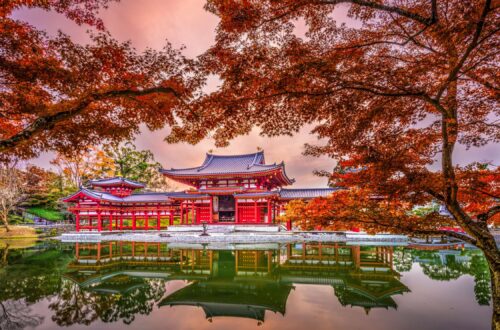
9 Kyoto Day Trip Gems You Can’t Miss: Get The Ultimate List of Panoramic Views
October 19, 2024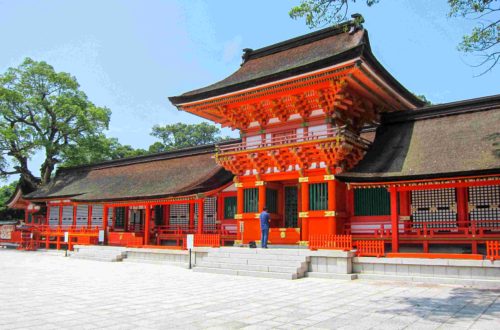
Usa Jingū – A Complete Travel Guide to Japan’s First Hybrid Shrine
May 14, 2021